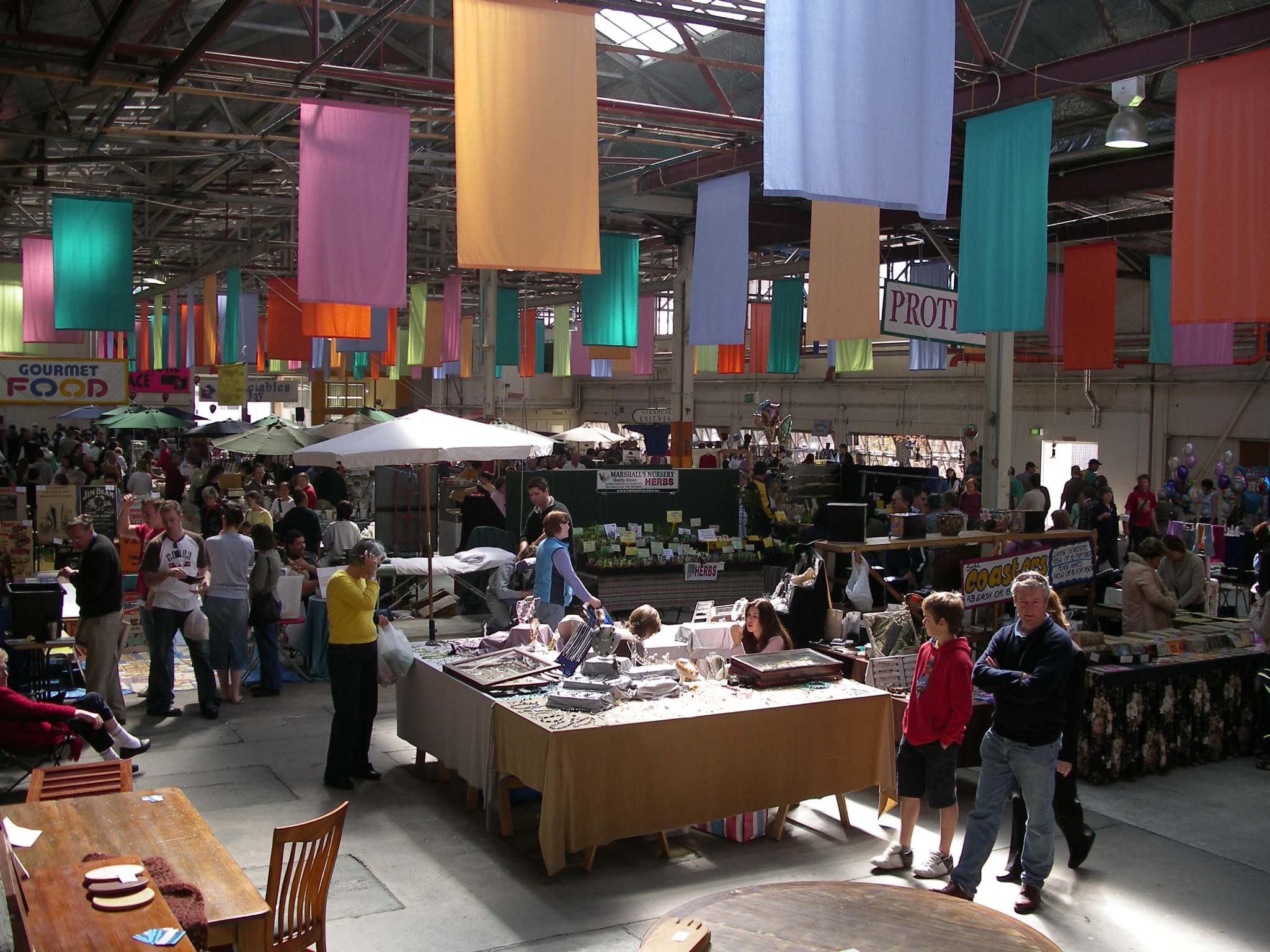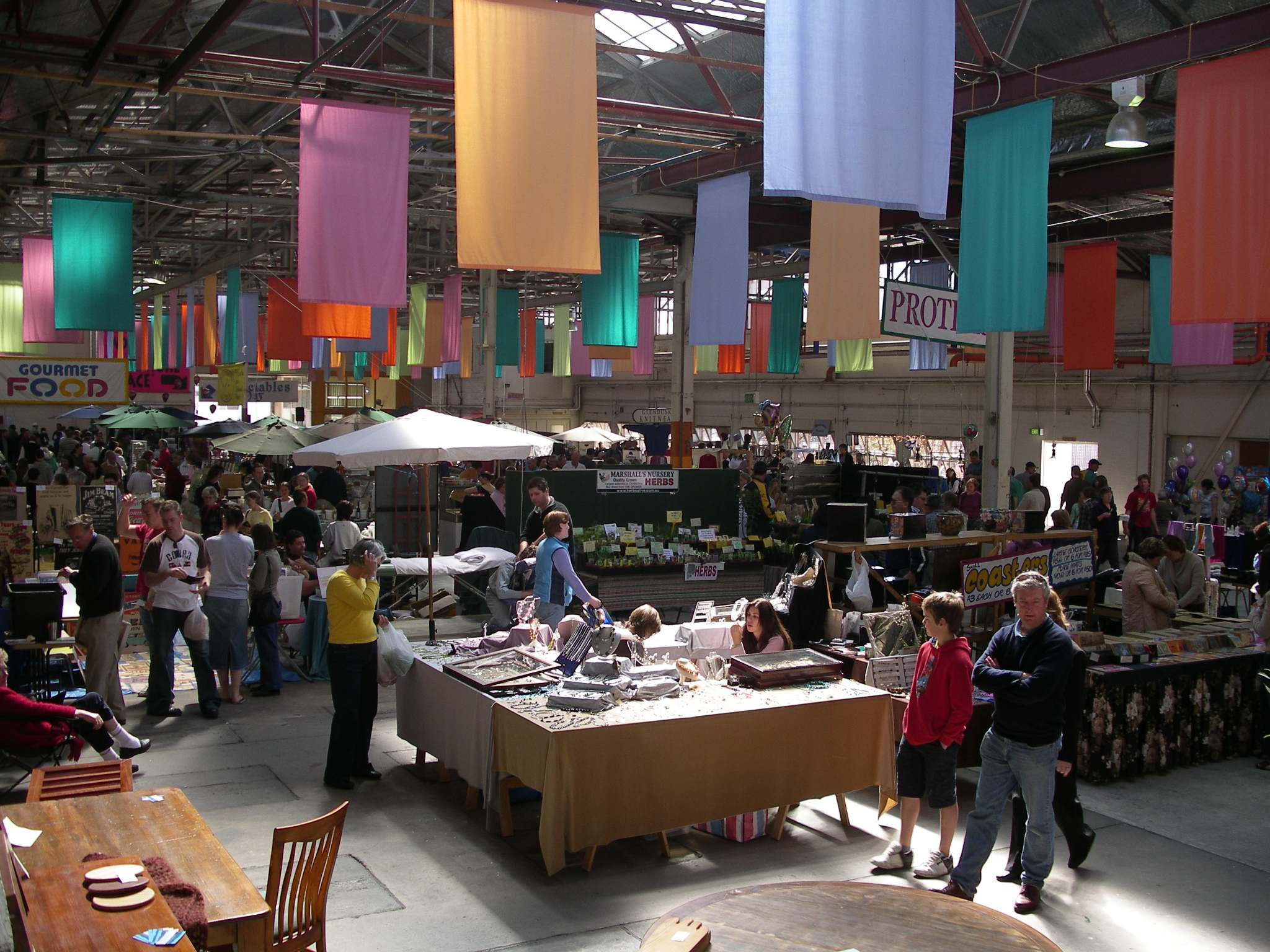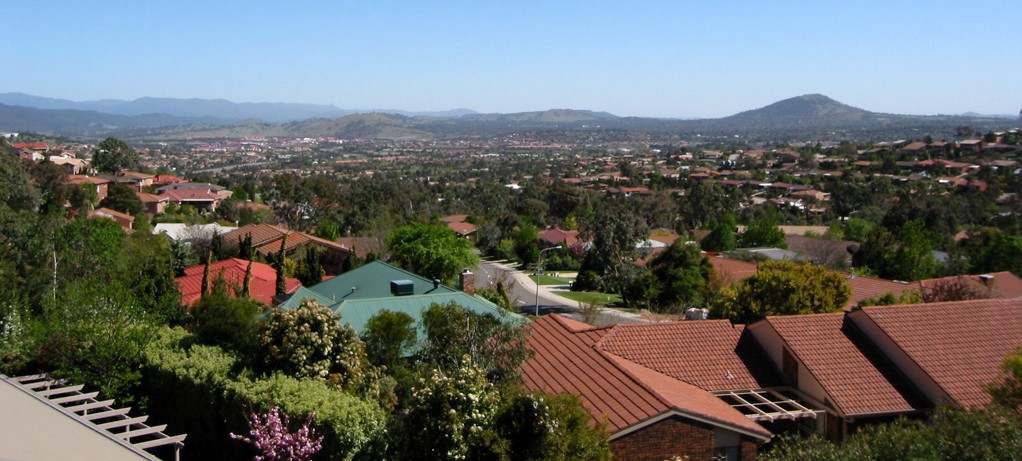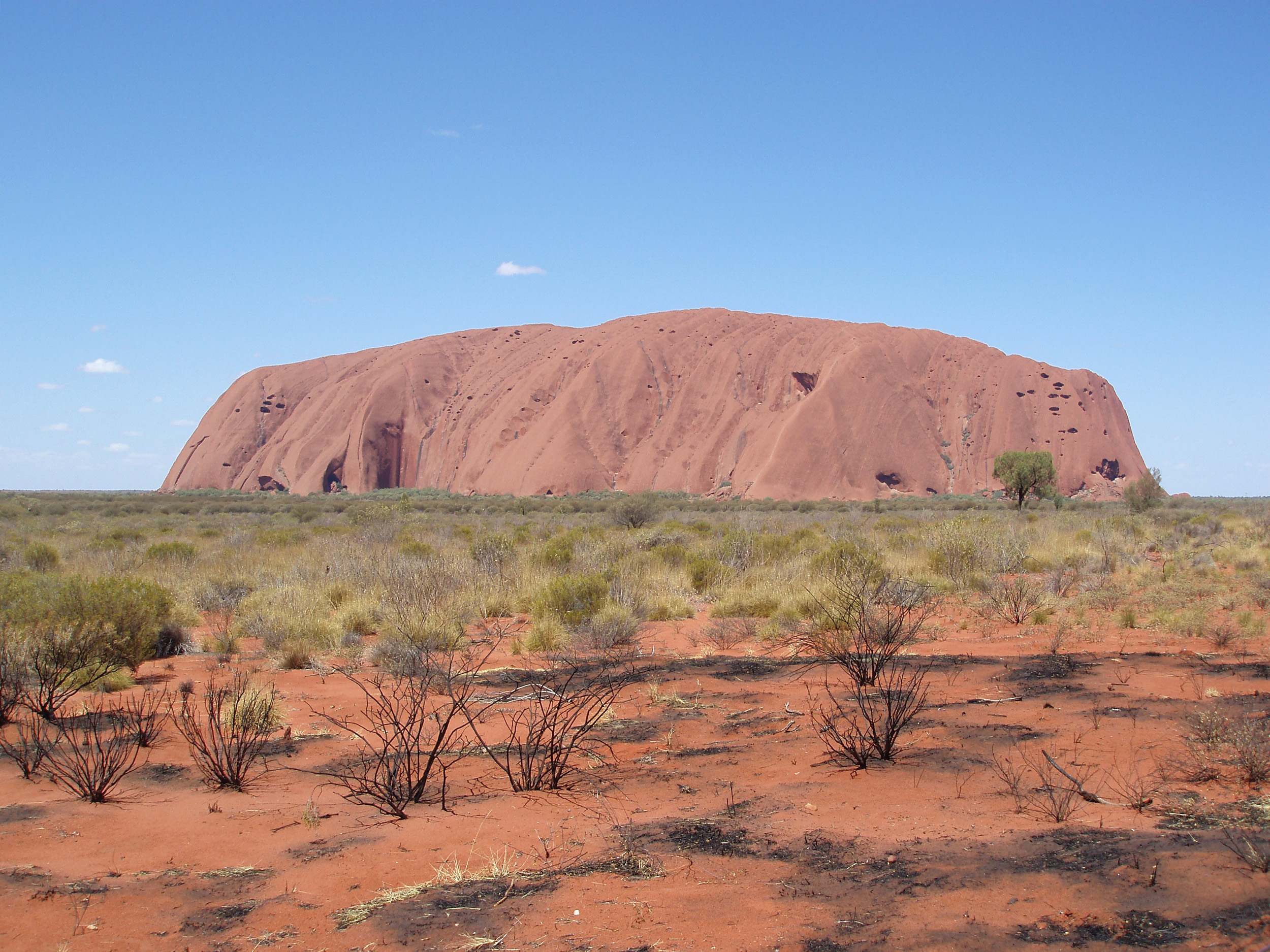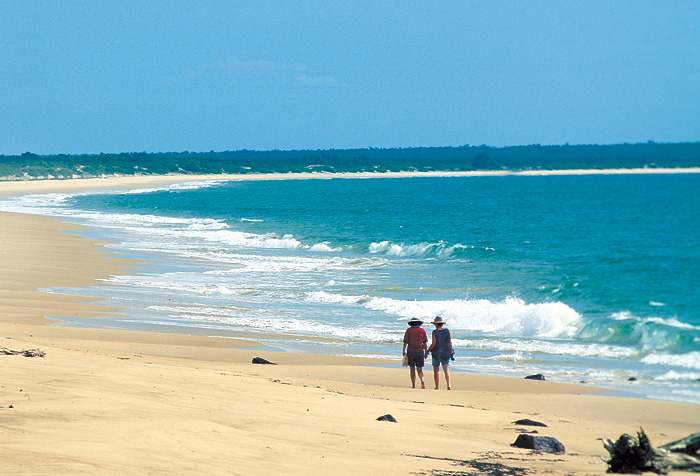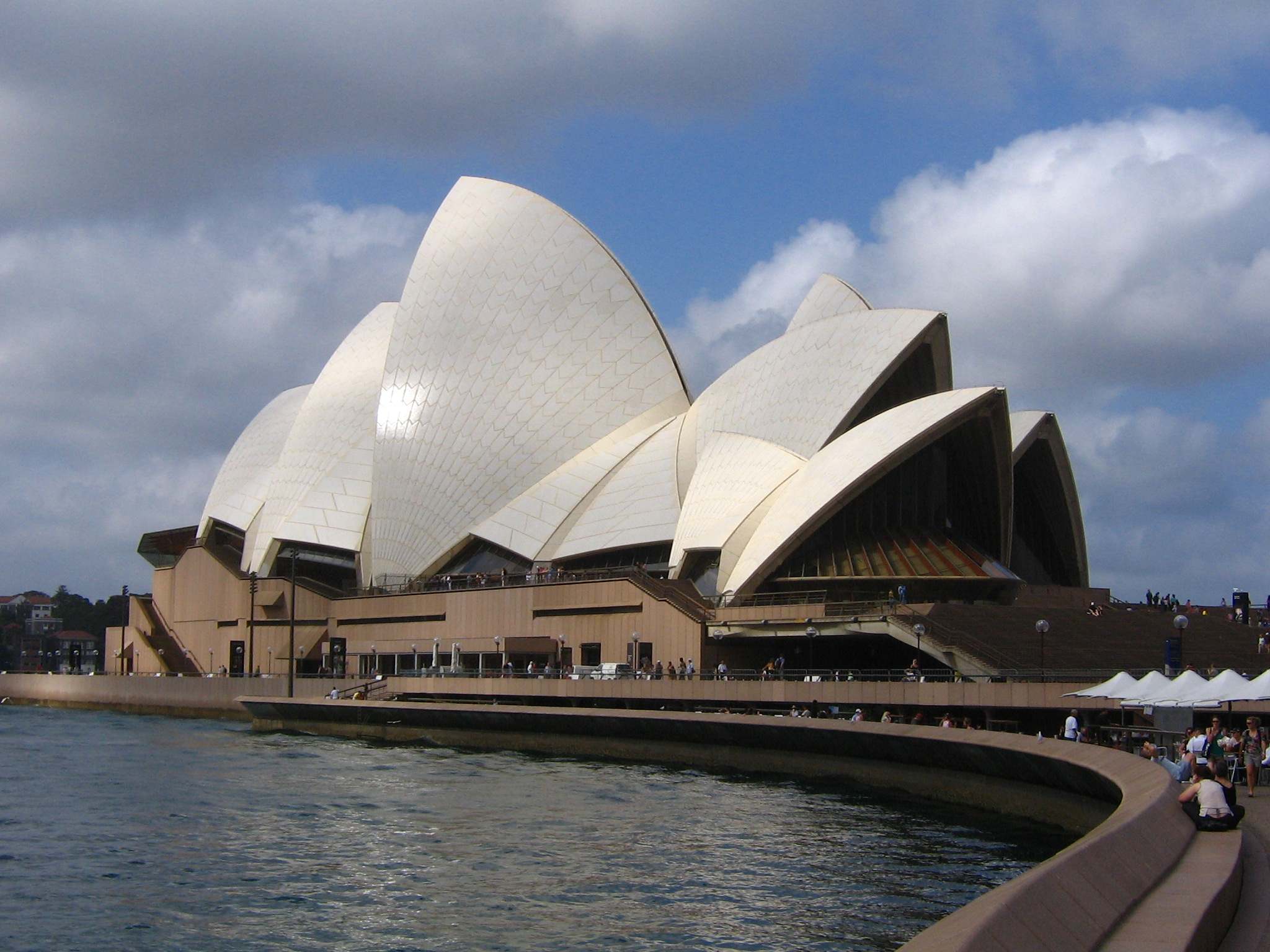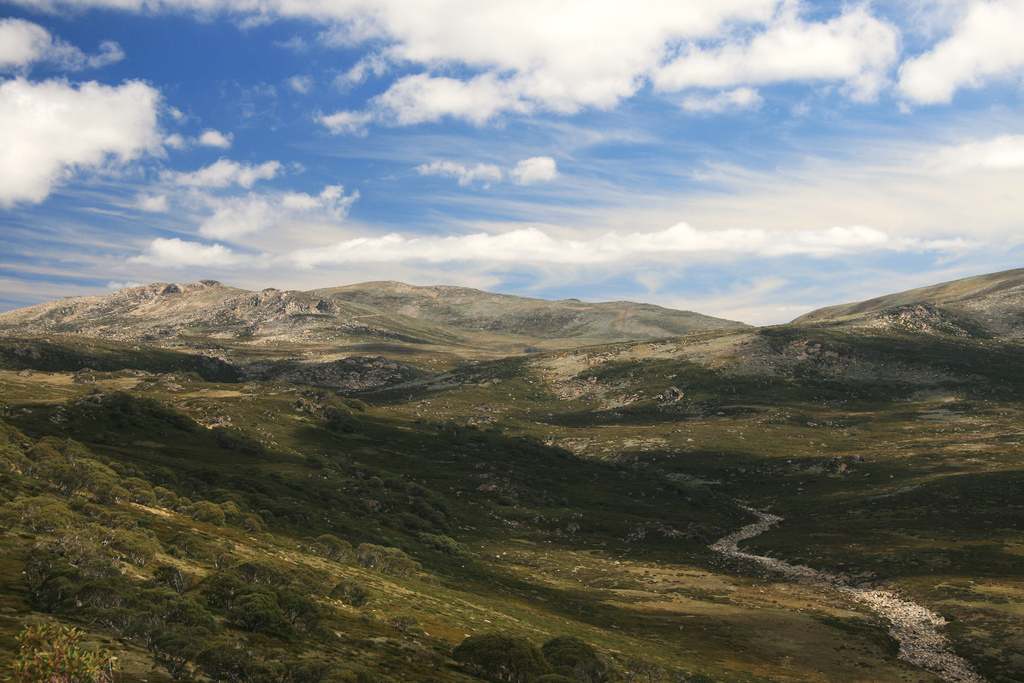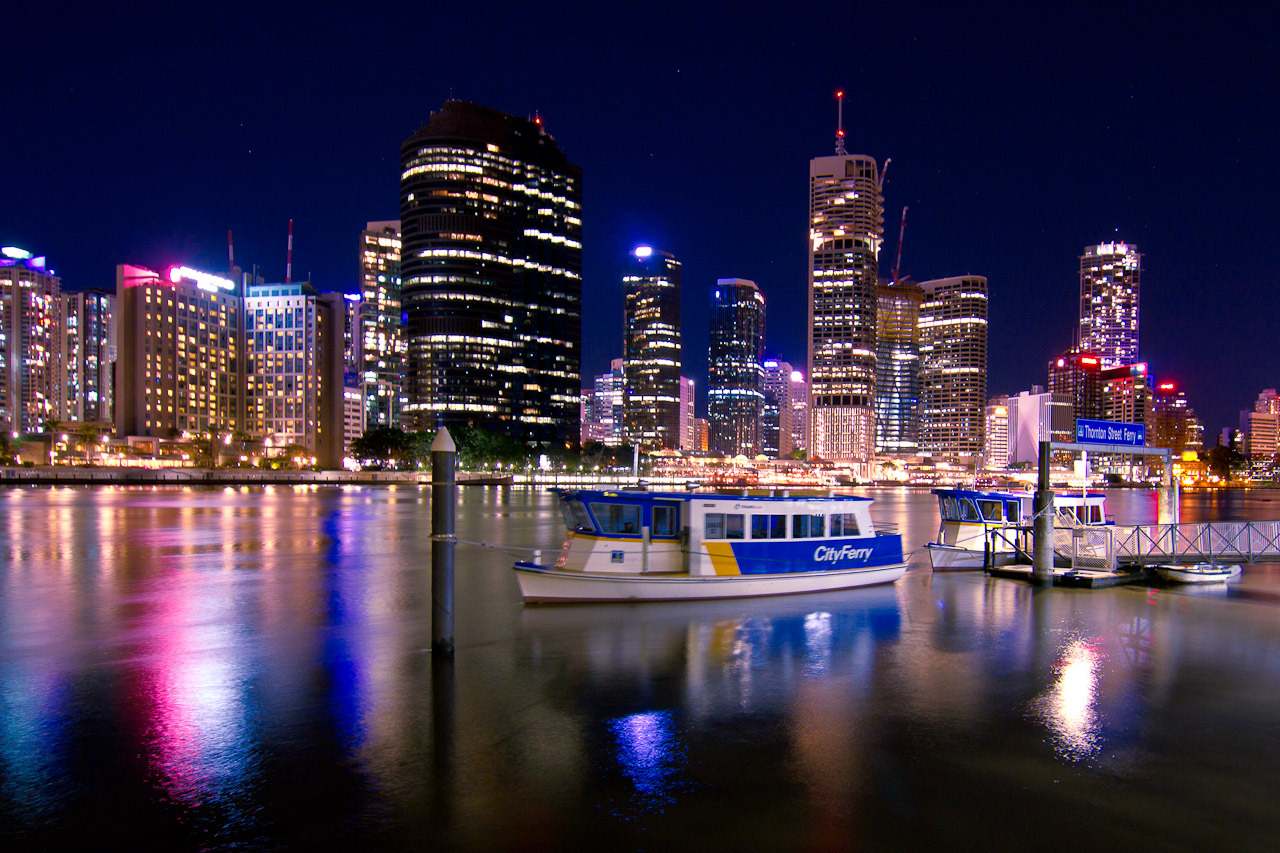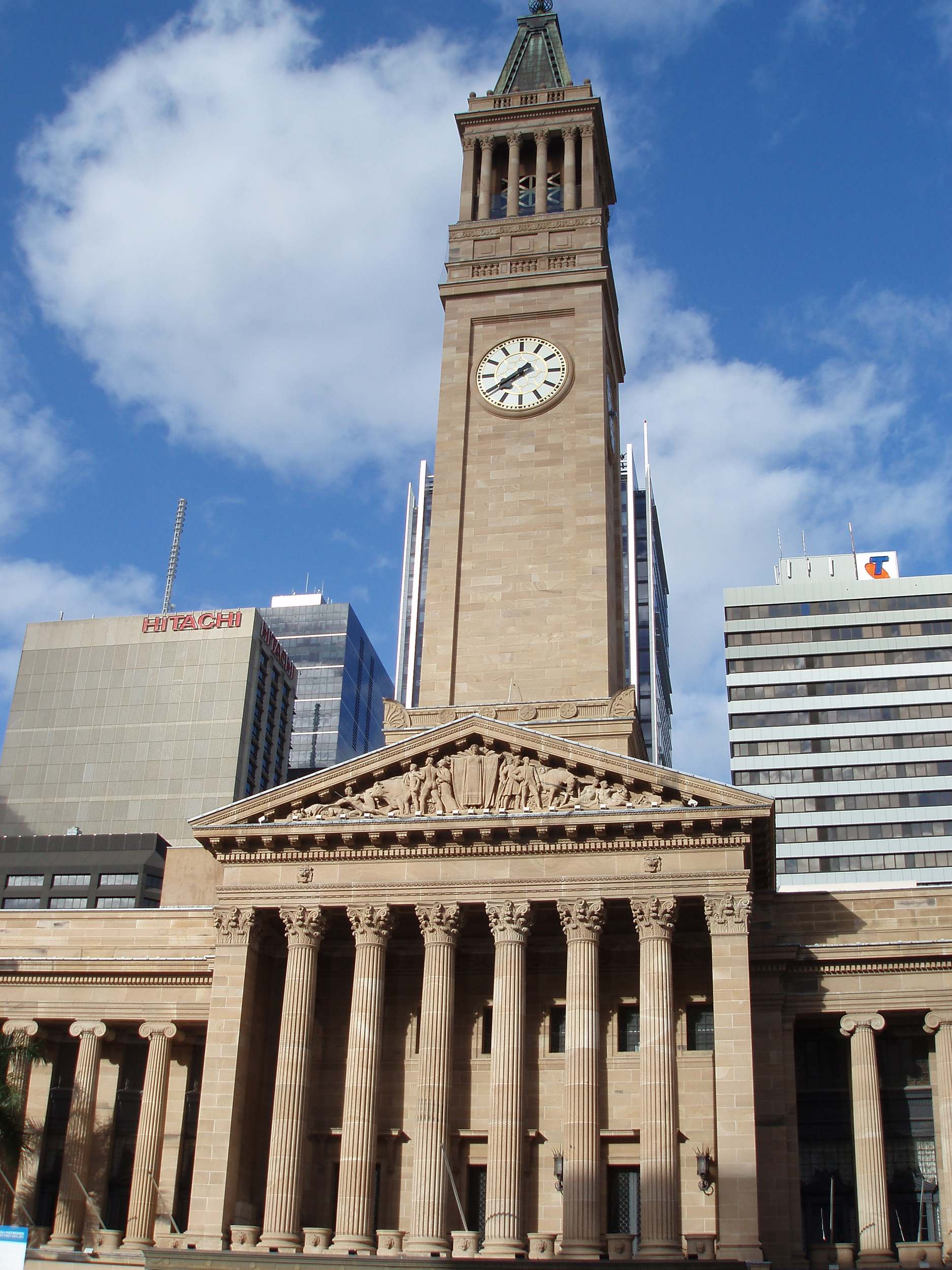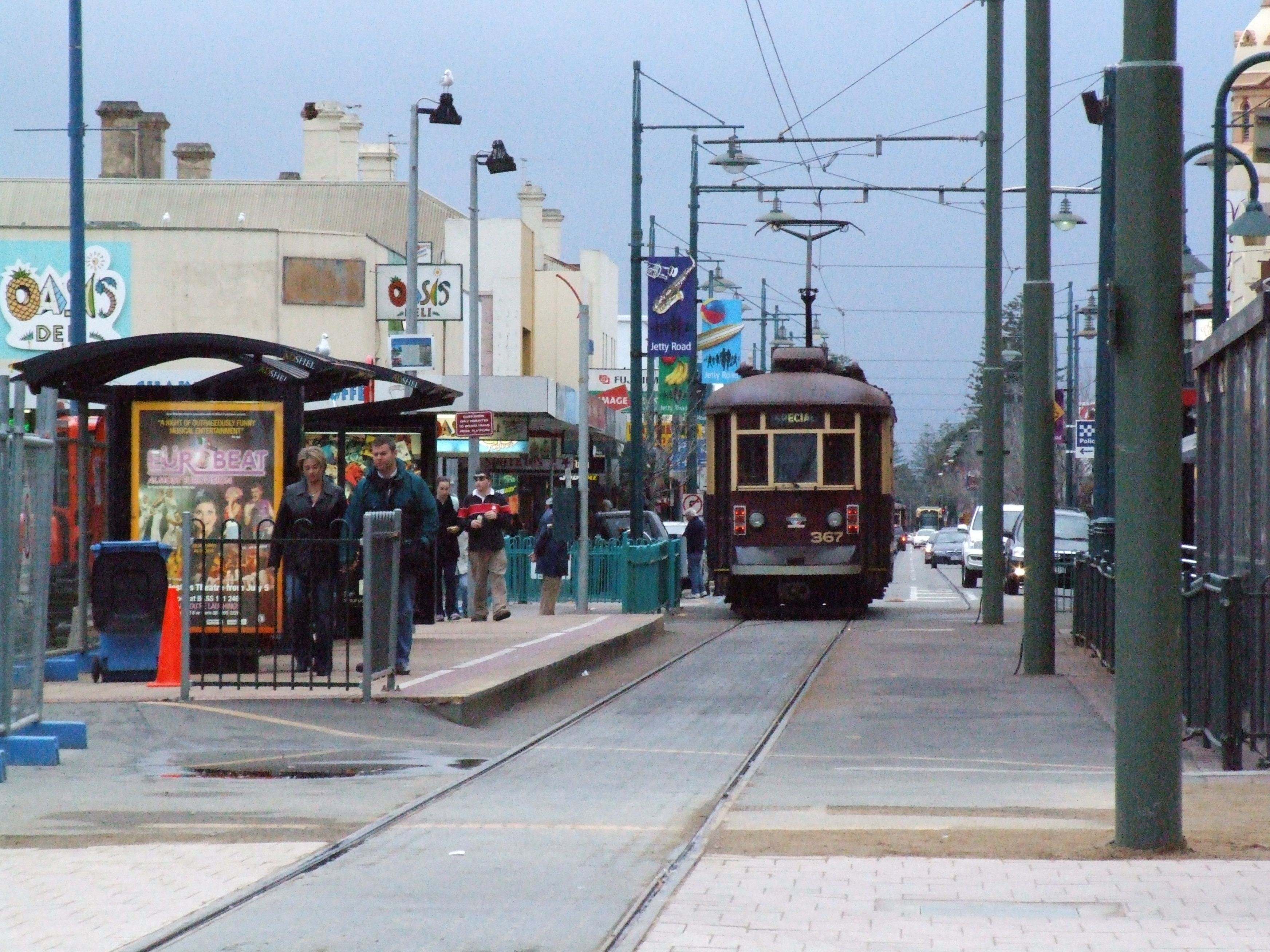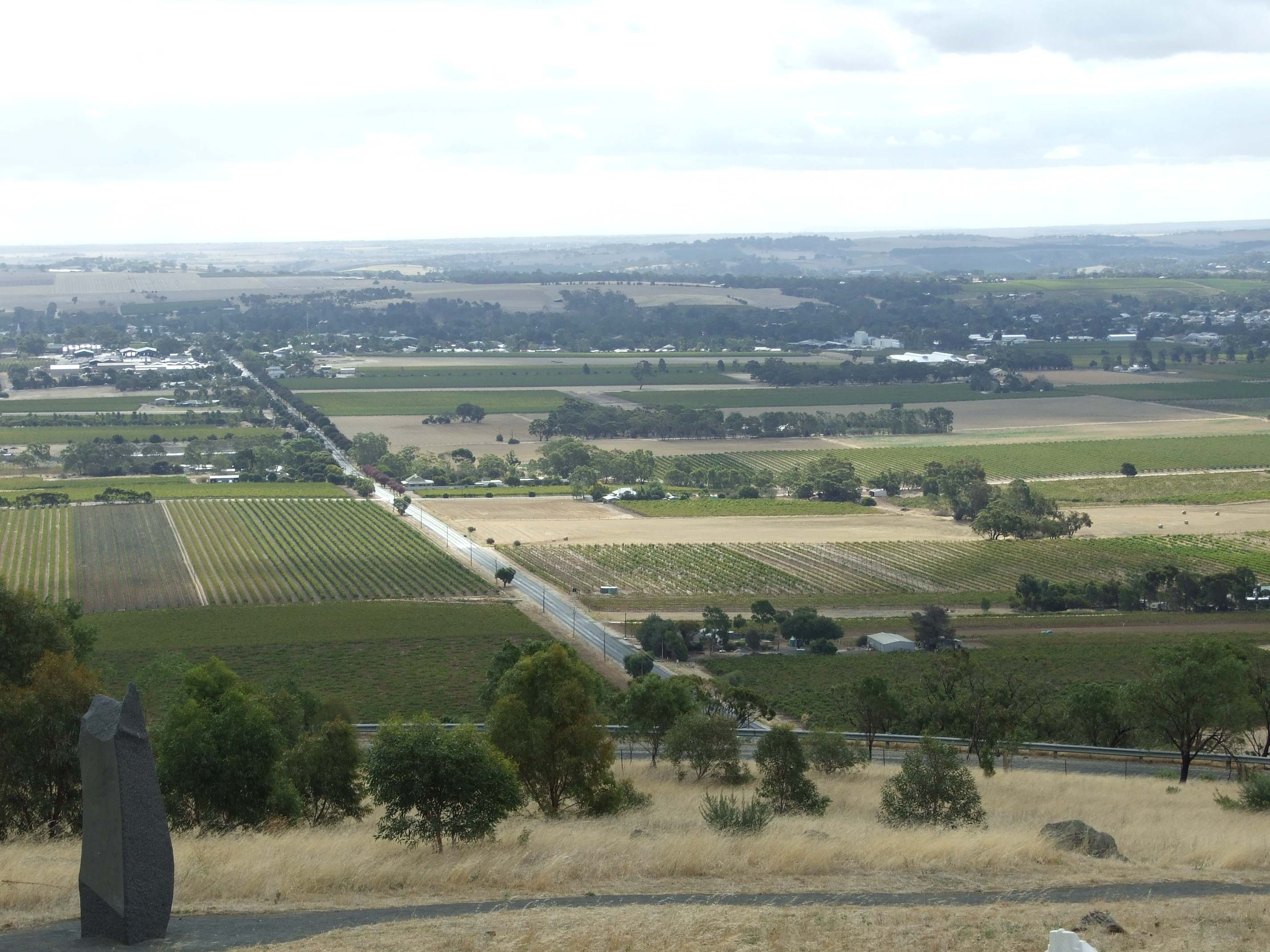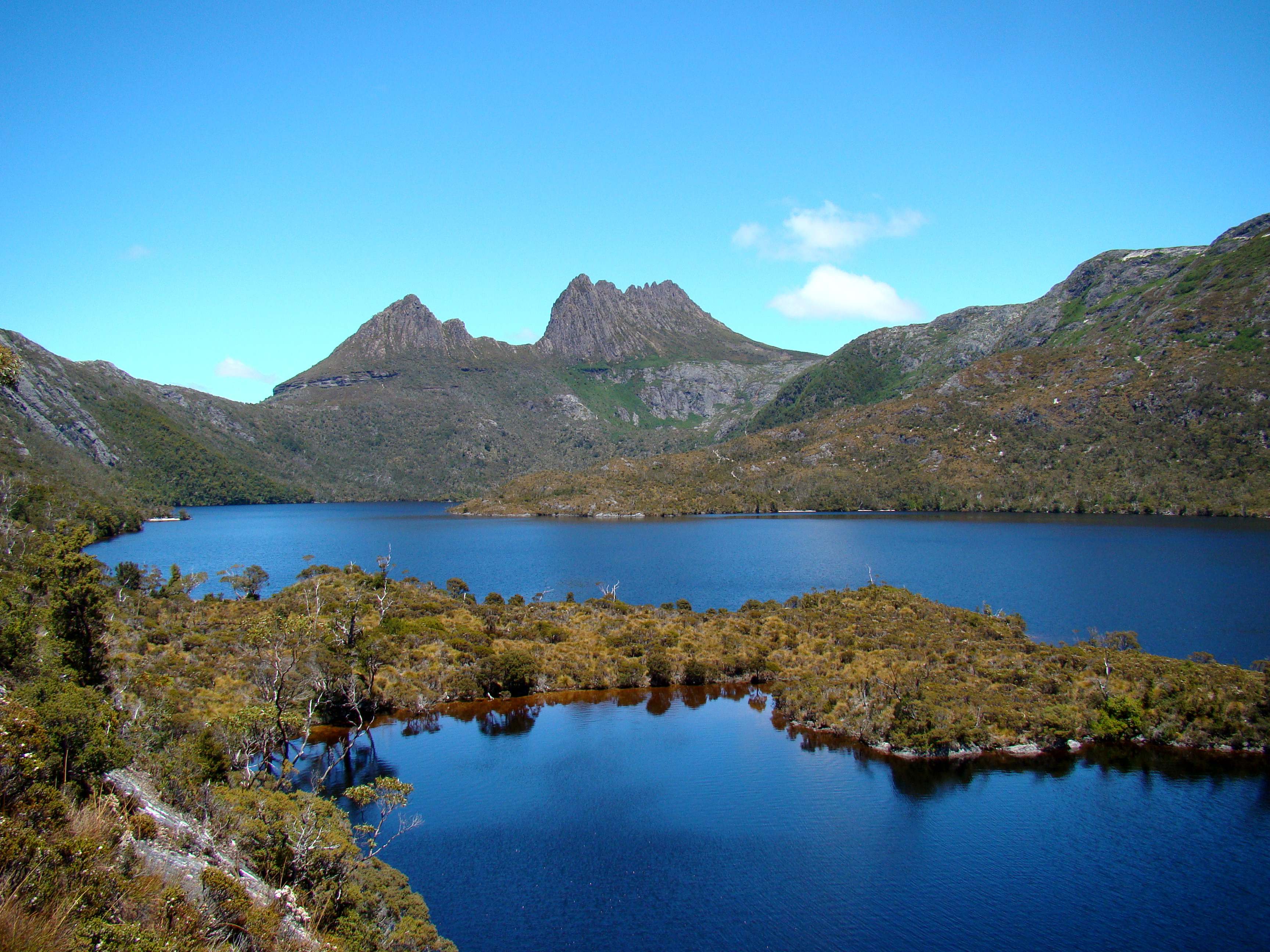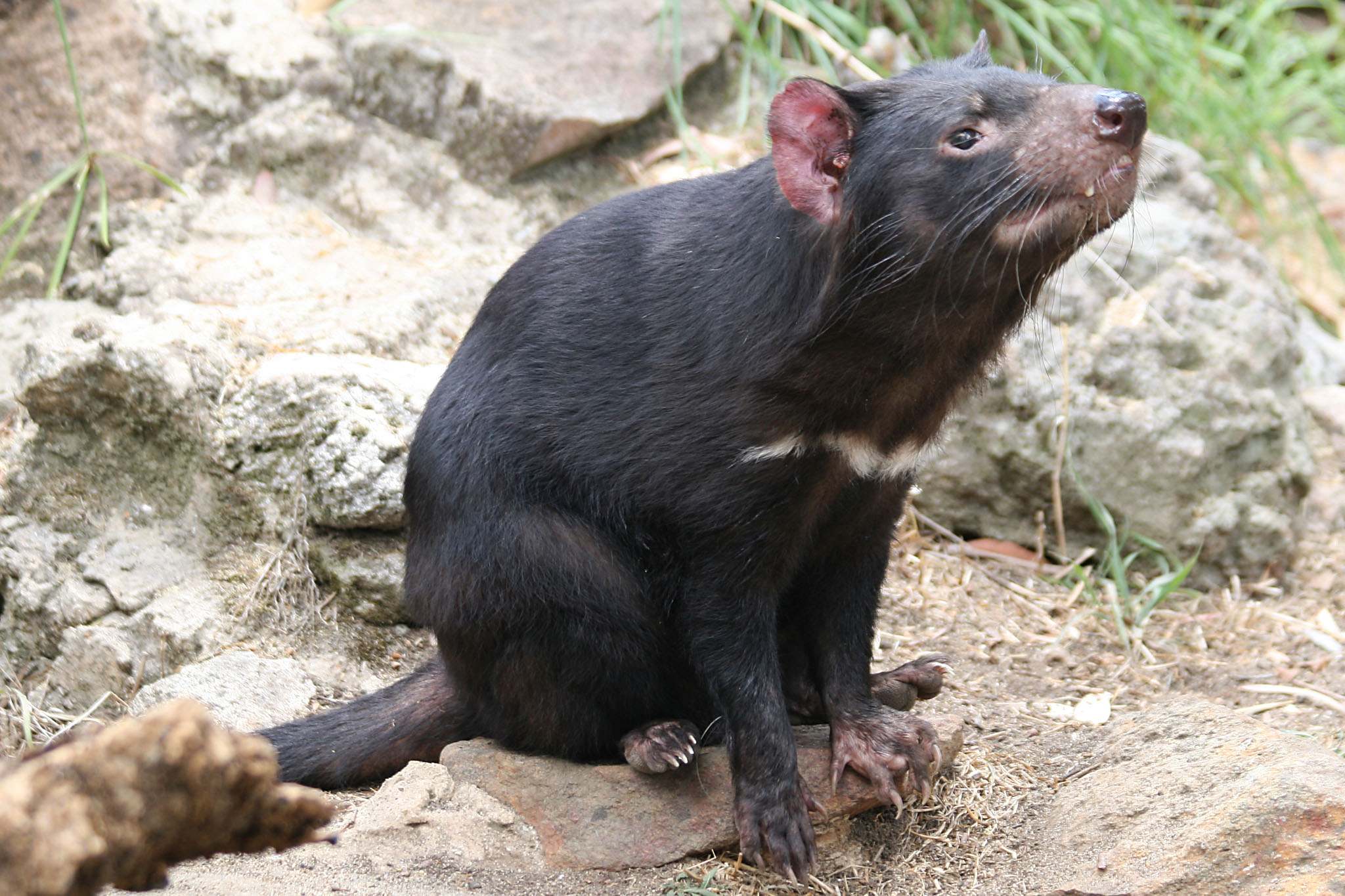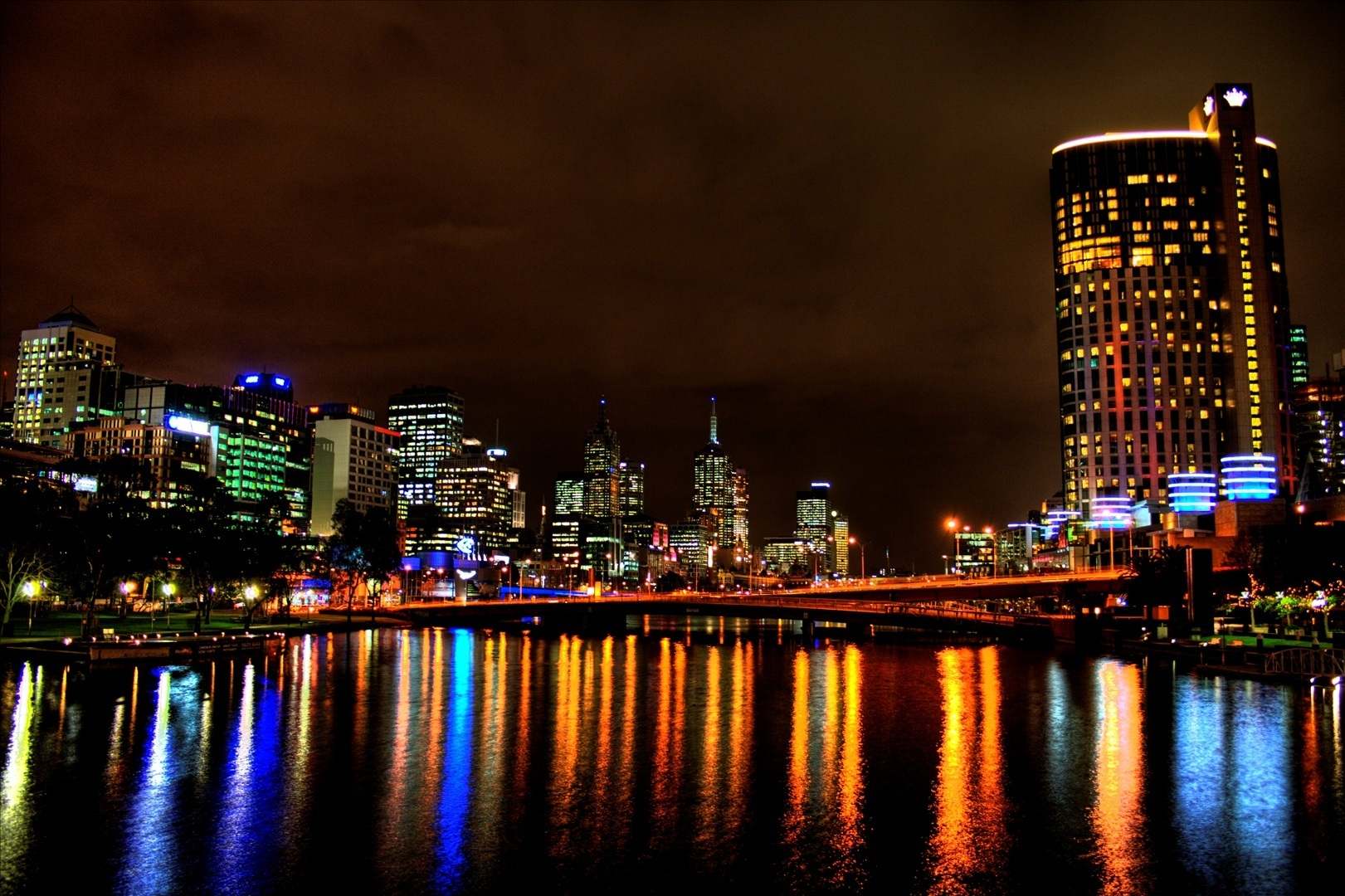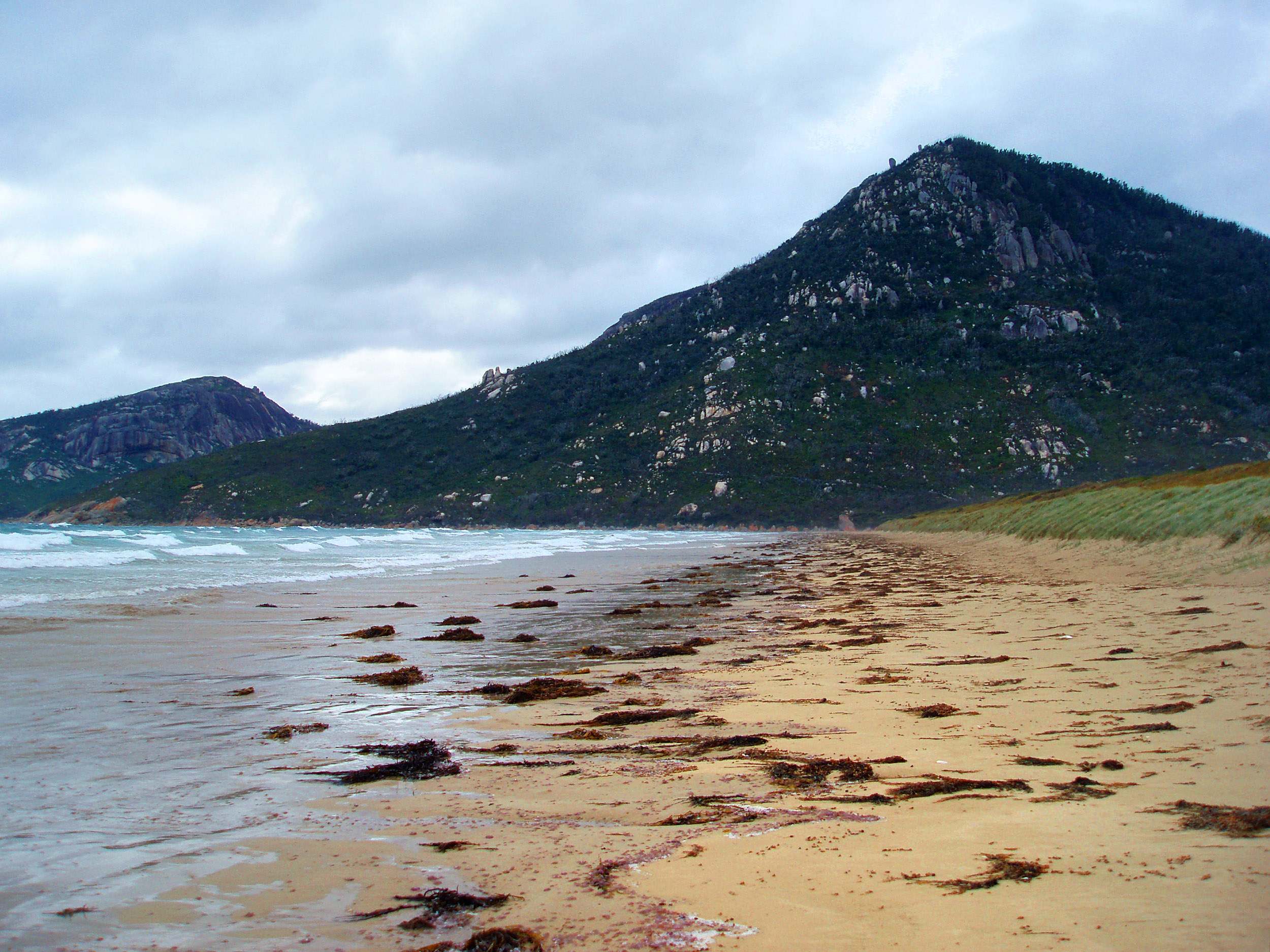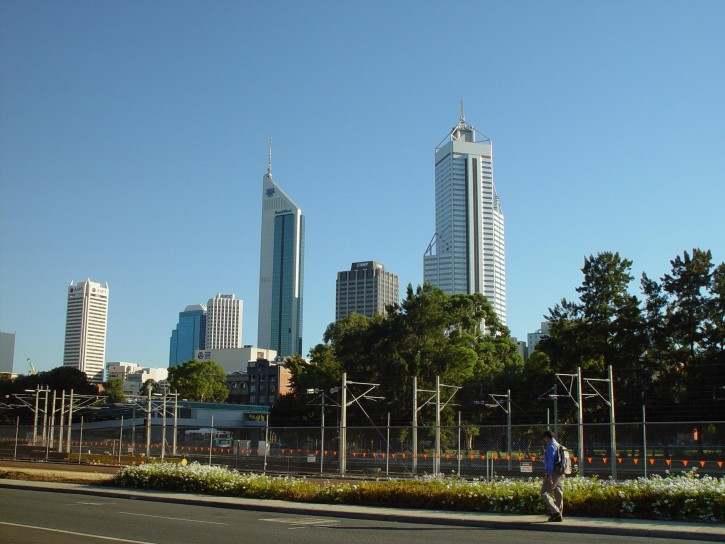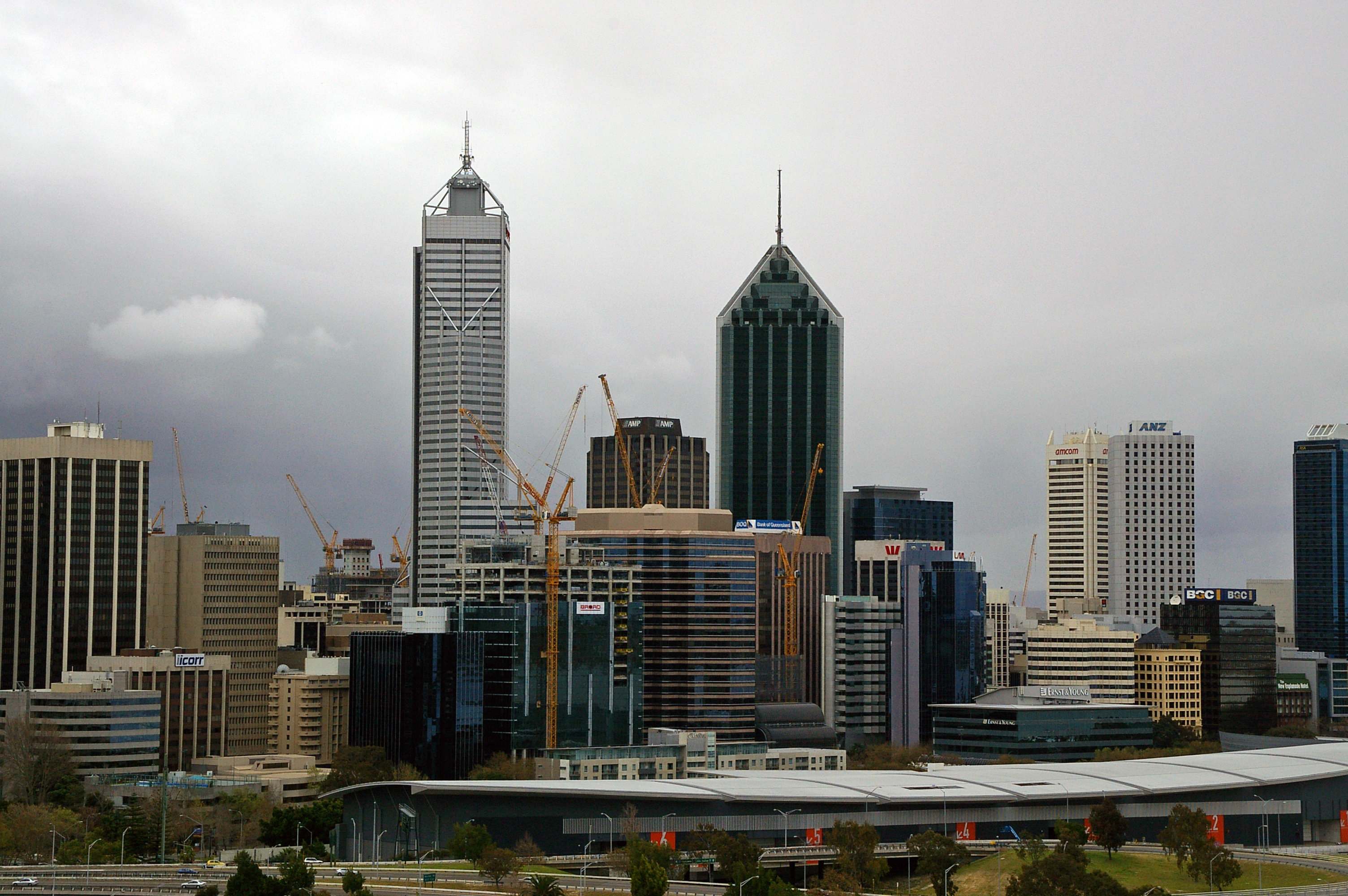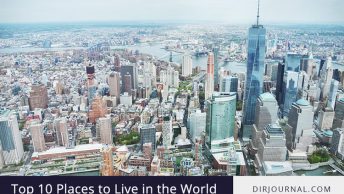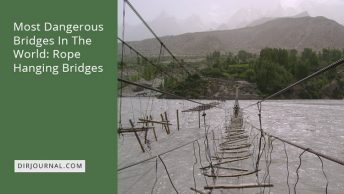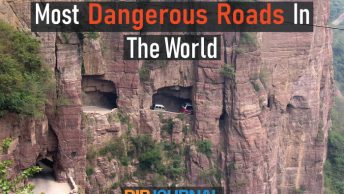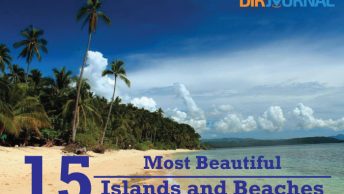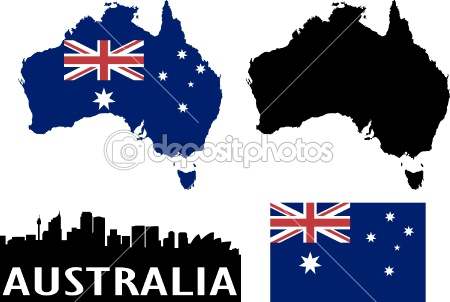
Situated in the southern hemisphere, Australia has a landmass of over 2.9 million square miles and is surrounded by the Pacific and Indian oceans. It is the world’s smallest continent, but at the same time is the sixth largest country by total area in the world, with over 21,000 miles of coastline.
The sheer size of the country means that in one part you will have sub-tropical rain forests, while in another you will have vast, wintry mountains. For the most part, however, the country is dominated by what is known as the Outback – semi-arid land or desert that is largely inhospitable and which makes Australia the driest, inhabited continent.
Australia also has another record, as with over 750 species, it has the greatest number of reptiles in the whole world. As if that isn’t enough, the 10 most deadly snakes in the world all can be found within the Australian borders.
Made up of six states and two major territories, with each having its own parliament, the list below, in no specific order of importance or size, offers a small insight into each part of this wonderful country.
Australian Capital Territory
Image: Petaholmes (Wikipedia)
Image: Huwr (Wikipedia)
The first and by far the smallest self-governing area in the country, within the Australian Capital Territory is the country’s capital city, Canberra. The territory itself, at an elevation of 2,130 feet, is enclaved within the state of New South Wales and is a mere 910 square miles in area.
Climate wise, the Australian Capital Territory has four distinct seasons, with Canberra being the place to be for hot and very dry summers, changing into cold, frosty winters. The south west area on the other hand has a rocky, mountainous feel and is covered in snow for at least some of the winter, with the territory as a whole having an annual rainfall of over 24 inches, the highest amount falling in the spring time and the least in winter.
In 2006. the census declared that the population of the whole of the Australian Capital Territory was 333,667 – and somewhat amazingly, all but 869 of them live in Canberra.
Northern Territory
Image: freeaussiestock.com
Image: Imagegallery Tourism NT (Wikipedia)
Although the third largest division in the country with an area of around 520,000 square miles, the Northern Territory is very sparsely populated and for its size, it has a population of slightly less than 230,000, making it the least populous of all the states and territories mentioned here.
As its name suggests, the area occupies much of the northern regions of the continent, as well as a large amount of the central area. The capital city is Darwin and the territory contains one of the country’s most notable tourist sights, Ayers Rock.
Known traditionally as Uluru, this attraction is a massive sandstone formation, standing a very impressive 1,142 feet high, with most of its huge bulk lying underground. It has a total circumference of 5.8 miles and is notable for appearing to change colour at different times of the day and year, with many recognising it as the stunning, glowing red edifice at sunrise and sunset.
New South Wales
Image: betta design (Flickr)
Image: SplaTT (fotopedia)
On the east of the country, New South Wales is around 310,000 square miles in area and is home to Australia’s most populous city, Sydney, obviously complete with the world famous Sydney Opera House. As you might expect, the state itself is the most populated in the whole of the country.
A recent census gave New South Wales an estimated population of in excess of 7.25 million people, which incredibly means that over 34% of the population of the whole of Australia reside in this state, but it is not difficult to understand the popularity of the area when you take into consideration what is on offer.
From numerous lush forests and impressive mountain ranges, where the peaks are well past the 3,200 feet mark (the highest, Mount Kosciuszko, is 7,313 feet and although not particularly challenging to climb, in a country that you associate with heat, it gives you the incredible opportunity to go skiing), to beautiful beaches in coastal towns such as Byron Bay, which is located in the far north eastern corner of the state (named by Captain James Cook after John Byron, the world circumnavigator and grandfather of the poet Lord Byron), it really is easy to understand why New South Wales is such a popular part of the country.
Queensland
Image: Rgs_ (fotopedia)
Image: freeaussiestock.com
Located in the north east of Australia, Queensland is the second largest – as well as the third most populous – state in the country. The state capital of Brisbane is not only the largest city in the state, but the third largest in the whole of Australia.
Known as the ‘Sunshine State’, Queensland has something for everyone, especially when you consider that it is often referred to as the theme park capital of Australia. With five major amusement parks, there are also several wildlife parks and the famous Australia Zoo, owned by Teri Irwin, the widow of the famed ‘crocodile hunter’, Steve Irwin.
In the north of the state, Cairns is known as the gateway to the Great Barrier Reef, but there is so much more to this lovely part of Australia – it really is a state where there is something for everyone, from secluded beaches to rugged outback and rain forest.
South Australia
Image: Andrew McMillan (public-domain-image.com)
Image: Tam (Wikipedia)
Situated, somewhat obviously, in the southern central area of the country, South Australia is the state that has the distinction of being home to some of the most arid parts of the country. The fourth largest of the eight states and territories, it covers an area of around 380,000 square miles.
For all of its size, the state, with over 1.6 million people calling it home, houses less than 8% of the entire Australian population. Most people live in the state capital of Adelaide, a city that has been voted the most liveable in Australia, where there are in excess of 700 restaurants, as well as numerous art galleries, museums and an abundance of places to indulge in retail therapy.
Known as the wine and seafood capital of the country, South Australia’s coastline, which is over 2,300 miles long, has lots to offer. There are numerous beaches, as well as places for boating and surfing and World Heritage Listed caves to explore, all helping you to work up an appetite during the beautifully hot summer days.
Tasmania
Image: Bjørn Christian Tørrissen (Wikipedia)
Image: Mike Switzerland (Wikipedia)
When anyone mentions Tasmania, most people will immediately think – perhaps unfortunately – of the Tasmanian Devil, the largest carnivorous marsupial in the world, but in truth, the state offers so much more. Tasmania’s location – 150 miles south of mainland Australia, across the Bass Strait – ensures that as well as geographically, it is also genetically isolated, making its flora and fauna unique.
The state is comprised of the main island and the 334 smaller surrounding islands and is often called the ‘Natural State’ or the ‘Island of Inspiration’, as over a third of the main island, which measures just over 24,000 square miles, lies in reserves, National Parks and World Heritage sites, such is the beauty of the place.
Its relatively unspoiled natural environment makes it an ideal place for those who hanker for the quieter and more relaxing things in life, with even the capital city playing its part – Hobart, which is also the most populous and largest city, is the second oldest in Australia and its skyline is dominated by the 4,170 feet high Mount Wellington.
Victoria
Image: AdamSelwood (fotopedia)
Image: freeaussiestock.com
Geographically, Victoria is the smallest of the mainland states, but at the same time it is also the most densely populated. A massive 75% of the population – Victorians, as they are known – live in the state capital and largest city of Melbourne, a lively metropolis for shopping, art galleries and museums.
A state with a varied, albeit slightly wet, climate (with only Tasmania being wetter), Victoria’s main land feature, the Great Dividing Range, offers a somewhat cooler mountain climate in the central part of the state.
Having over 1,250 miles of coastline, dotted with hundreds of beaches and stunning natural attractions such as the Twelve Apostles, the Fairy Penguins and the Buchan Caves, Victoria also has a famous island in the form of Phillip Island, which is the home to the Grand Prix circuit that hosts the Australian Motorcycle Grand Prix for Moto GP, World Superbikes and V8 Supercars.
Western Australia
Image: Leon Brooks (public-domain-image.com)
Image: Percita (fotopedia)
Occupying the entire western third of the continent, Western Australia is by far the largest of all the states and territories. With a total land area of over 976,000 square miles, it is also the second largest sub-national entity in the whole world.
The state, as big as it is, only has around 2.3 million inhabitants, which is around 10% of the national total. The state capital and largest city is Perth, which is the fourth most populous in the country with around 1.7 million inhabitants in the metropolitan area.
Western Australia’s coast boasts miles upon miles of beautiful, white sandy beaches, as well as botanical gardens and a treetop walk that gives a unique view of the city. What’s more, with plenty of picnic spots and free barbecue facilities, receiving 3,000 hours of sunshine each year and with a number of markets, shops, places to eat, art galleries and museums, it’s seen by many as the perfect Australian city.
Making it eighth in the list of the most liveable cities in the world, Perth became known as the ‘City of Light’ in 1962 after the residents lit the place up when John Glenn passed overhead in Friendship 7, something that happened again in the shuttle in 1998.







